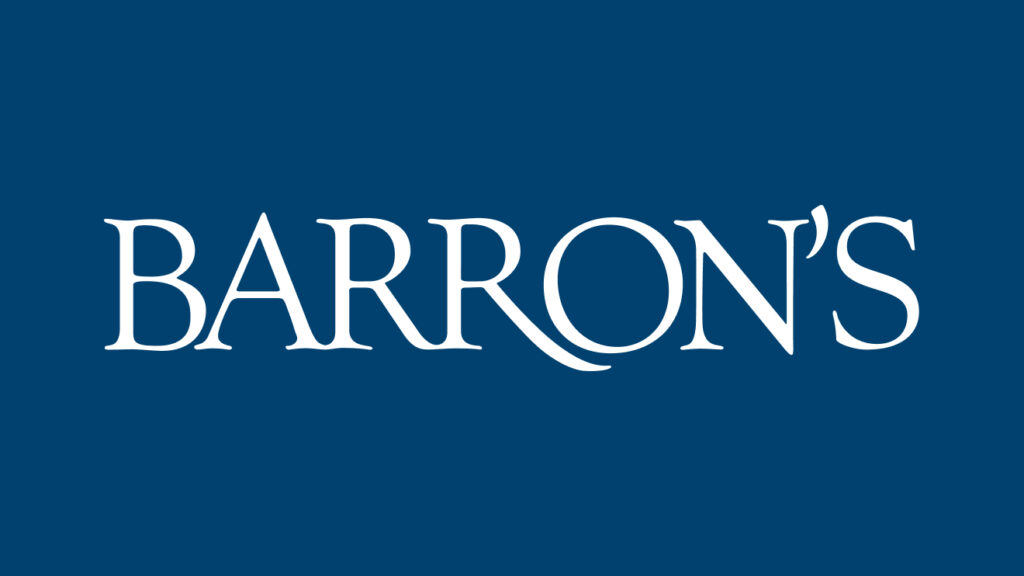In a recent announcement last Tuesday, the Brazilian Government reported that its economy experienced a 0.8 percent growth in the first quarter of 2024. This presents a rebound sparked by household expenditures following two lackluster quarters, inching towards President Luiz Inacio Lula da Silva’s goal of sustained economic growth for the most substantial economy in Latin America.
Household consumption excelled with a 1.5 percent increase, significantly influencing economic growth. This was paired with a notable decrease in unemployment, says Andre Perfeito, an independent analyst. Although conjectures had predicted growth at 0.7 percent, these elements allowed it to surpass expectations.
While agriculture swelled as an integral part of the increased GDP with a fascinating 11.3 percent growth according to the Brazilian Institute of Statistics (IBGE), the sector has experienced better performance in preceding years. That is, it was three percent lower compared to the first quarter of 2023.
Notably, crops with significant harvests in the early part of the year, such as soybeans, corn, tobacco, and cassava, reported a decline in their anticipated annual production compared to last year’s same period.
The Institute’s analyst, Rebeca Palis, pointed out that the economic boost in the first quarter was exclusively influenced by domestic demand. Meanwhile, the service sector demonstrated 1.4 percent growth. Intriguingly, the industrial sector contracted by a 0.1 percent margin.
Revisions to the GDP growth in 2023’s fourth quarter show a contraction of 0.1 percent, while the third quarter only reflected 0.1 percent growth.
However, further predictions from the government in May placed their growth projection for 2024 at 2.5 percent. Nonetheless, these estimates didn’t account for the destruction wrought by historic flooding in the southern economic powerhouse of Rio Grande do Sul state, serving as a cautionary limitation to the prospective economic boom.
